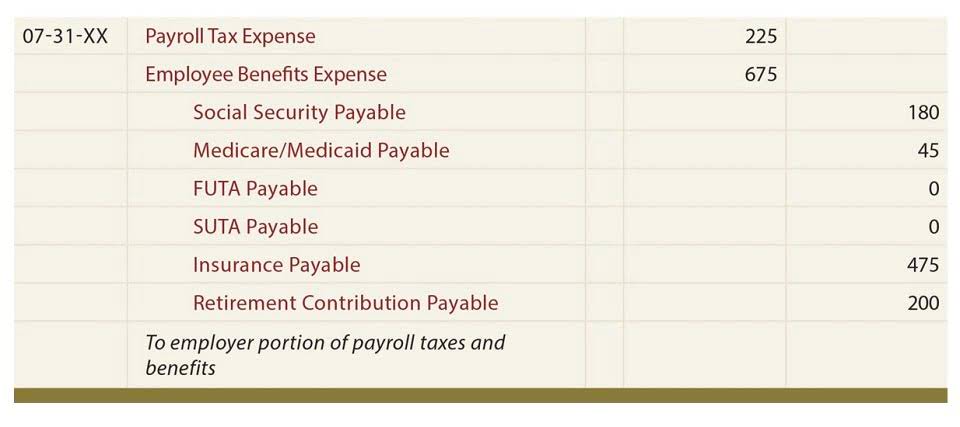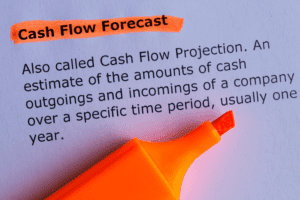
Here’s an overview of the rules for properly identifying, measuring, and reporting contingencies to provide a fair and complete picture of your organization’s financial position. It’s critical for business owners and managers to understand how to present contingent liabilities accurately in the financial statements. Under U.S. Generally Accepted Accounting Principles (GAAP), some contingent losses may be reported on the balance sheet and income statement, while others are only disclosed in the footnotes. To help ensure transparency when reporting contingencies, companies must maintain thorough records of all contingencies.

Great! The Financial Professional Will Get Back To You Soon.

These liabilities are categorized as being likely to occur and estimable, likely to occur but not https://www.bookstime.com/ estimable, or not likely to occur. Generally accepted accounting principles (GAAP) require contingent liabilities that can be estimated and are more likely to occur to be recorded in a company’s financial statements. Contingent liabilities must pass two thresholds before they can be reported in financial statements. First, it must be possible to estimate the value of the contingent liability. The liability must have more than a 50% chance of being realized if the value can be estimated.

Which of these is most important for your financial advisor to have?

The accrual account permits the firm a contingent liability that is probable and for which the dollar amount can be estimated should be to immediately post an expense without the need for an immediate cash payment. If the lawsuit results in a loss, a debit is applied to the accrued account (deduction) and cash is credited (reduced) by $2 million. If an organization is involved in a dispute with the IRS or state tax agency, it should assess whether it is likely to result in a payment and whether the amount can be estimated. If a company is involved in a dispute with the IRS or state tax agency, it should assess whether it is likely to result in a payment and whether the amount can be estimated. Contingent liabilities are shown as liabilities on the balance sheet and as expenses on the income statement. Past experience indicates that a certain percentage of products will be defective, and past experience can also be used to reasonably estimate the amount of the future expenditure required by the warranty.
How to Report Contingent Liabilities in Your Company’s Financial Statements
If these criteria aren’t met but the event is reasonably possible, organizations must disclose the nature of the contingency and the potential amount (or range of amounts). If the likelihood is remote, no disclosure is generally required unless required under another ASC topic. However, if a remote contingency is fixed assets significant enough to potentially mislead financial statement users, the organization may voluntarily disclose it. If these criteria aren’t met but the event is reasonably possible, companies must disclose the nature of the contingency and the potential amount (or range of amounts). However, if a remote contingency is significant enough to potentially mislead financial statement users, the company may voluntarily disclose it.
- The liability may be disclosed in a footnote on the financial statements unless both conditions are not met.
- A contingent liability is the result of an existing condition or situation whose final resolution depends on some future event.
- Under these circumstances, the company discloses the contingent liability in the footnotes of the financial statements.
- Under GAAP, companies are generally prohibited from recognizing gain contingencies in financial statements until they’re realized.
The amount of the provision is based on the best estimate of the amount that the company will ultimately be required to pay. Contingent liabilities are potential liabilities that may or may not occur depending on future events. A warranty is another common contingent liability because the number of products returned under a warranty is unknown.
- Any probable contingency must be reflected in the financial statements.
- If a company is involved in a dispute with the IRS or state tax agency, it should assess whether it is likely to result in a payment and whether the amount can be estimated.
- However, some organizations may be reluctant to recognize contingent liabilities because they lower earnings and increase liabilities, potentially raising a red flag for stakeholders.
- For instance, a company must estimate a contingent liability for pending litigation if the outcome is probable and the loss can be reasonably estimated.
- If the obligation is uncertain, the organization should disclose it, describing the nature and extent of the potential liability.
- The matching convention requires the recording of the expense in the period of the sale, not when the repair is made.
- The company should rely on precedent and legal counsel to ascertain the likelihood of damages.
- An otherwise sound investment might look foolish after an undisclosed contingent liability is realized.
- Generally accepted accounting principles (GAAP) require contingent liabilities that can be estimated and are more likely to occur to be recorded in a company’s financial statements.
- Any contingent liabilities that are questionable before their value can be determined should be disclosed in the footnotes to the financial statements.
- Contingent liabilities are recorded as journal entries even though they’re not yet realized.
If these criteria aren’t met but the event is reasonably possible, companies must disclose the nature of the contingency and the potential amount (or range of amounts). If the likelihood is remote, no disclosure is generally required unless required under another ASC topic. However, some organizations may be reluctant to recognize contingent liabilities because they lower earnings and increase liabilities, potentially raising a red flag for stakeholders. As new information becomes available, management may need to reassess contingencies. For instance, if new evidence in a lawsuit makes a favorable outcome more likely, the financial statements may need to be updated in future accounting periods.


